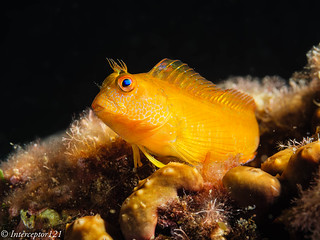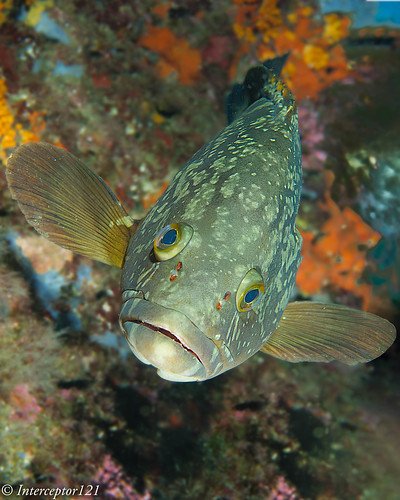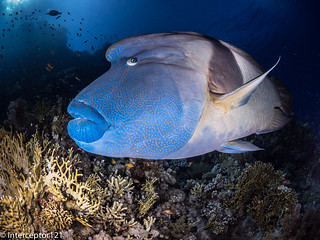A few weeks ago I went diving in Swanage with BSOUP the British Society of Underwater Photographers that I have recently joined.
I was looking forward to some local diving so when I found out that they were organising a trip I managed to get on.
I drove there the night before and I was number two on the pier the next day.
It was a deceiving clear morning with perfect conditions on land.
I had two cameras one in the housing and one for land use so I took a few snaps.

Once parked on the pier I was informed by two friends that dive locally all the time that it was better to wait when the water level was a bit higher.
At that point it did look like a great day however there was a bit of wind.

I had my GH5M2 with the Panasonic 45mm macro that I acquired last year and has become my favourite macro lens.
I jumped in the water one of the first to find out the visibility was well maybe 1 meter? I could not see the LCD screen of the camera due to the suspended particles and had to use the viewfinder
One of the first things I say was this corkwing wrasse with a massive parasite near its eye.

Unfortunately I did not have a snoot or strobes suited for the challenge so I spend the first dive training myself on how to get the least amount of back scatter. Mind you when there are particles you will have backscatter not matter what you do.
Static subjects are ideal for testing so I had a go at some really simple stuff.

And again some anemone the object was to get the cleanest possible shot.

When I was reasonably happy I moved to some more interesting subject I gave up on blennies as I knew everyone would have shot some and besides my strobes were not the best for the situation and I found a cooperating cuttlefish.

I can tell you that to get this clean shot it took me quite a while but on reflection despite being very low I could not even see a hint of the surface so bad the conditions so I decided to get really close.
I wanted to emulate a profile of a person or perhaps an elephant not sure but I took a number of shots waiting for the tentacles to be in the right position and this is my best shot for the day.

I would say it is quite creepy but after all I had something decent and when I presented the shot in the club review at the sailing club it got some good feedback.
Now with that in mind let’s have a look at some shots taken in clearer water this is from Sorrento Peninsula.
You can see that clearer water improves contrast and sharpness as you would expect however as the UK shot was very close the gap is not as big.
And this is a shot from last time I was in the red sea

This is super macro so again suspended particles are not as important.
However if we look at a mid-range shot similar to the whole cuttelfish the situation is very different.
Here we are in Italy.
And finally here in the red sea.
For as much as we may love our local dive site there is a degree of adaptation but also a restriction on the variety of shots we can take.
When I was working as resident dive instructor I remember the guidelines we were passed one was really funny and said:
“if the visibility is crap you don’t say that to the guests what you say is today we are going to focus on macro” then you make sure you choose a site where there is some.
I am looking forward to my boat in the Red Sea end of July remember if you follow me on instragram there may be some voucher codes to be used for discount.
If like me you have been trying to make the most of your local dive site you deserve to get yourself in clear water where you can actually see further away than your arm. Of course we do have some good days in England sometimes 5 even 8 meters but I tale Egypt and their 25+ meters any day of the week!
A closing thought on conditions and land photography, in fact even if visibility is not an issue most times unless you have fog, overcast days, excessively clear days do not make great land pictures either so we can say we are always on a quest chasing light and conditions.





